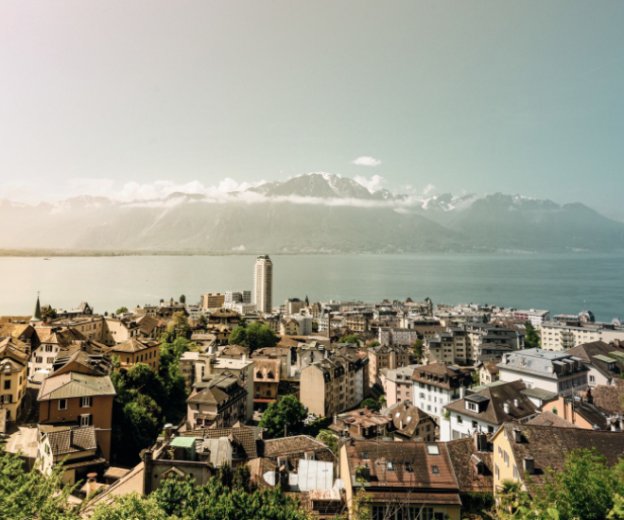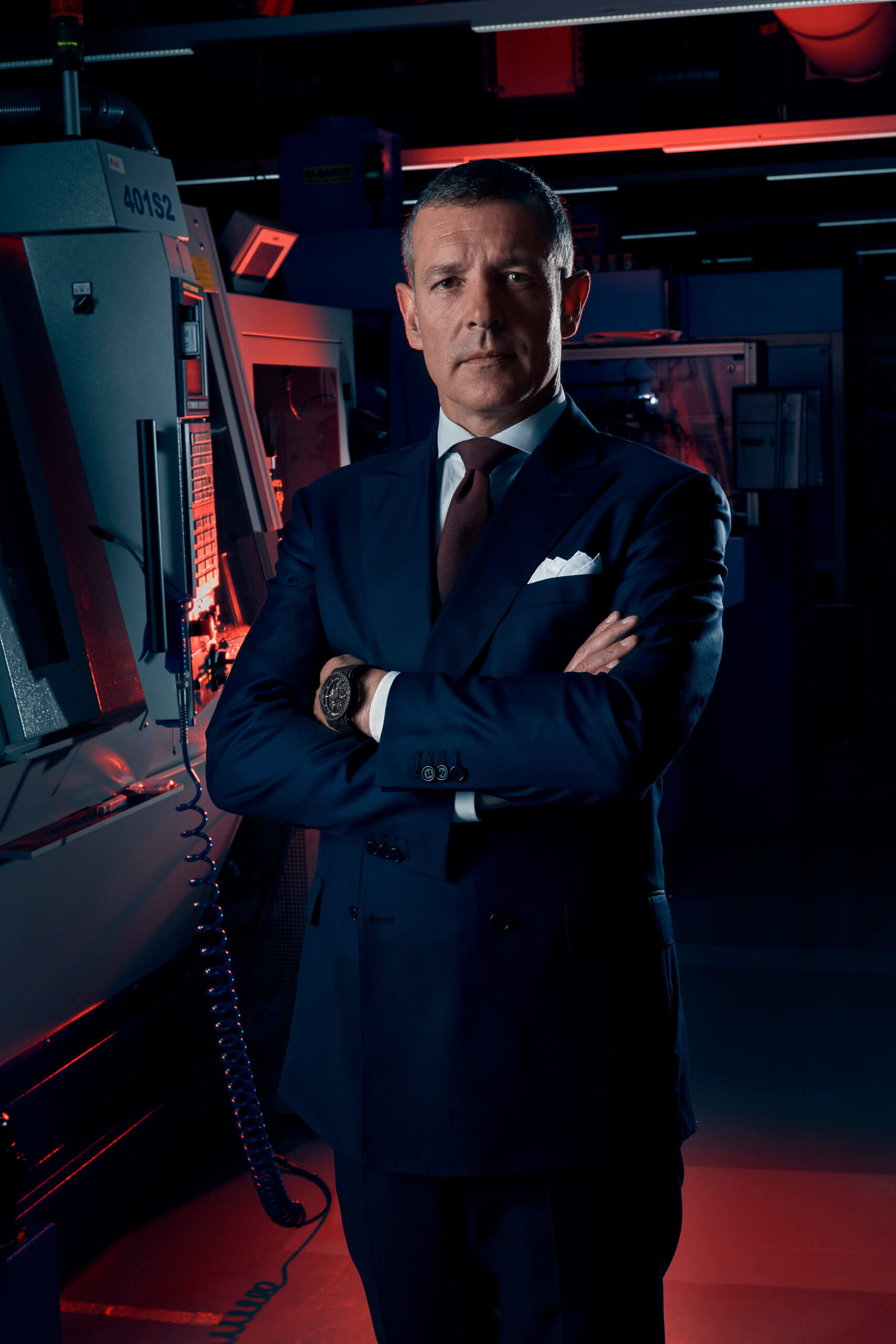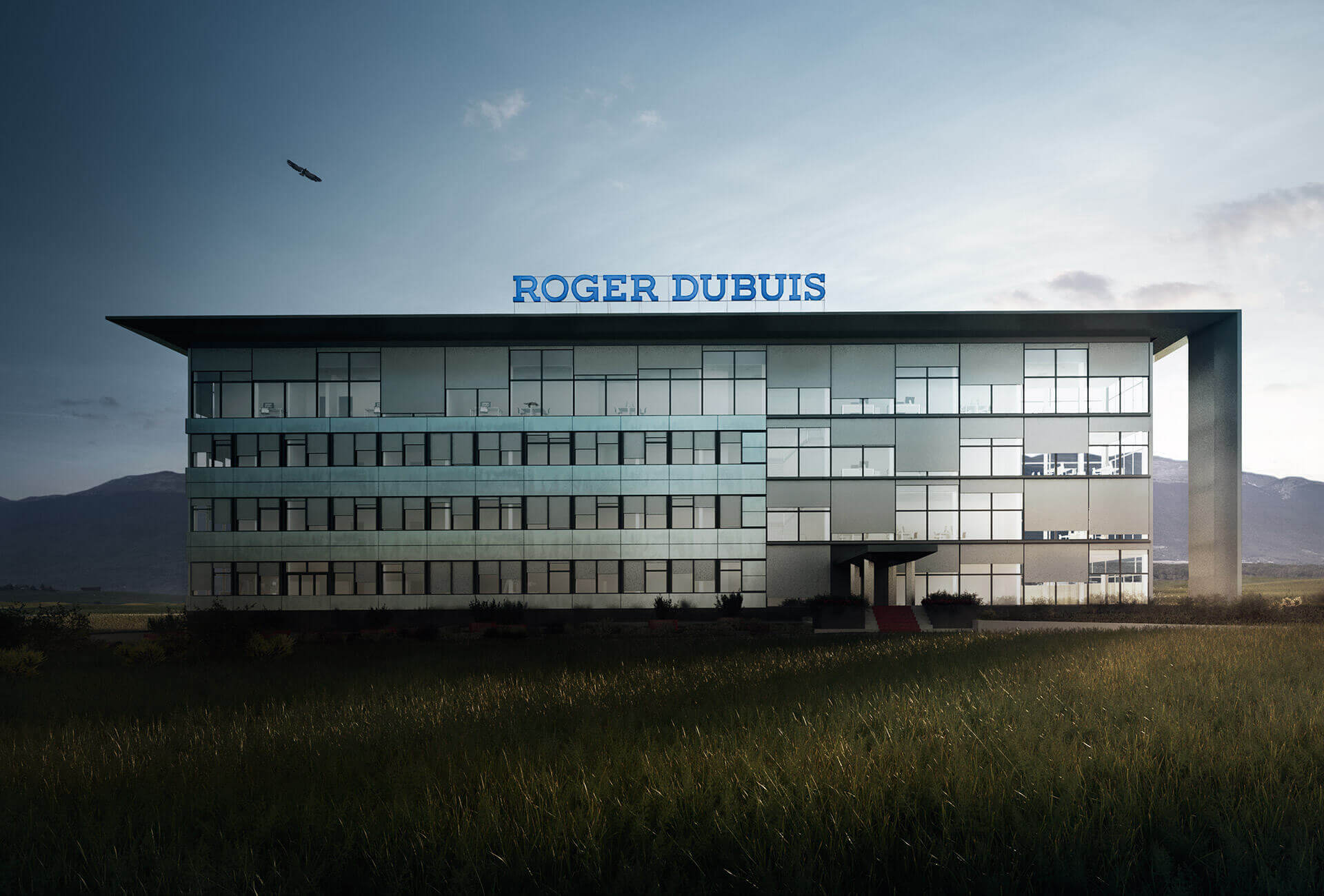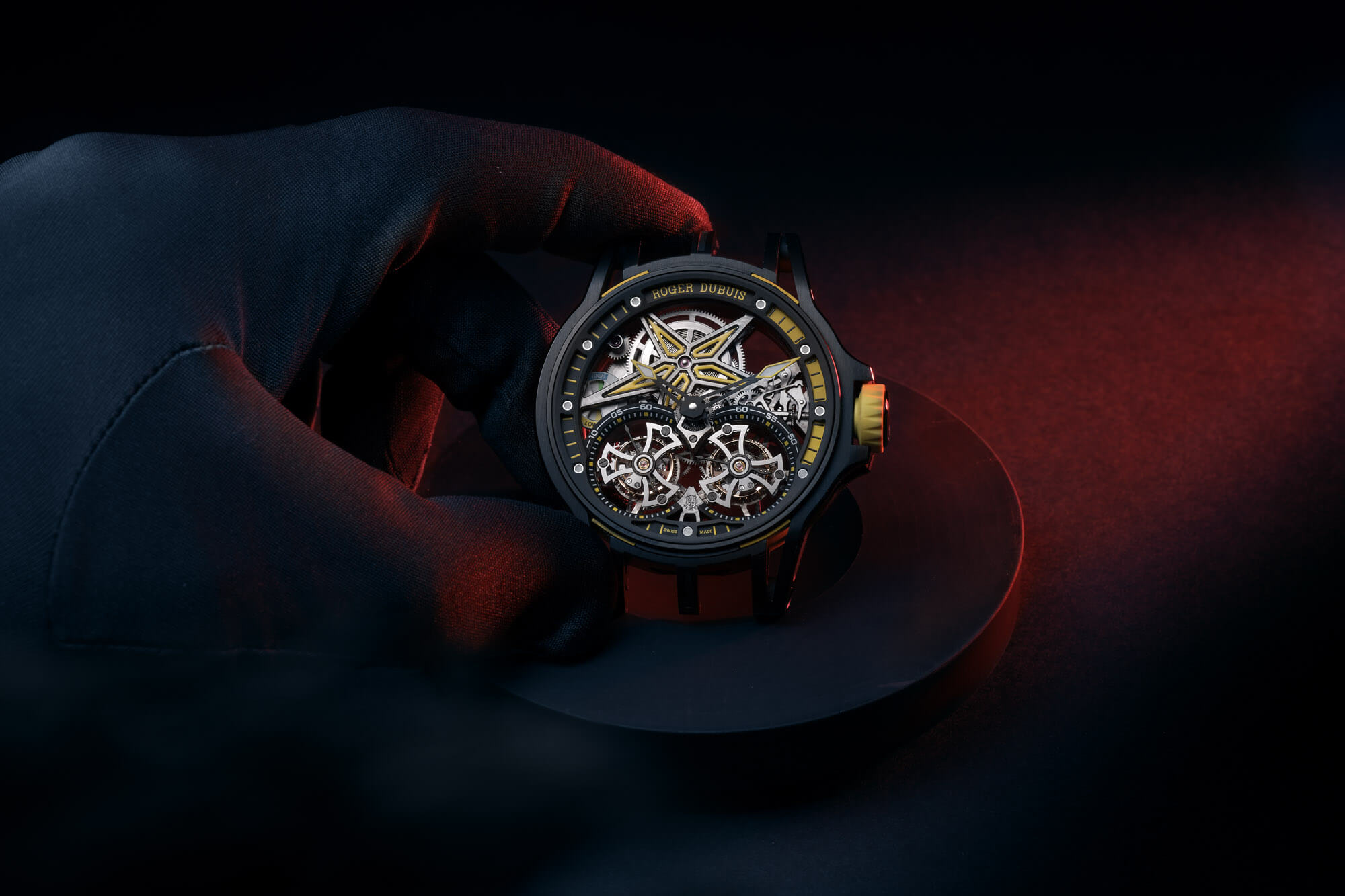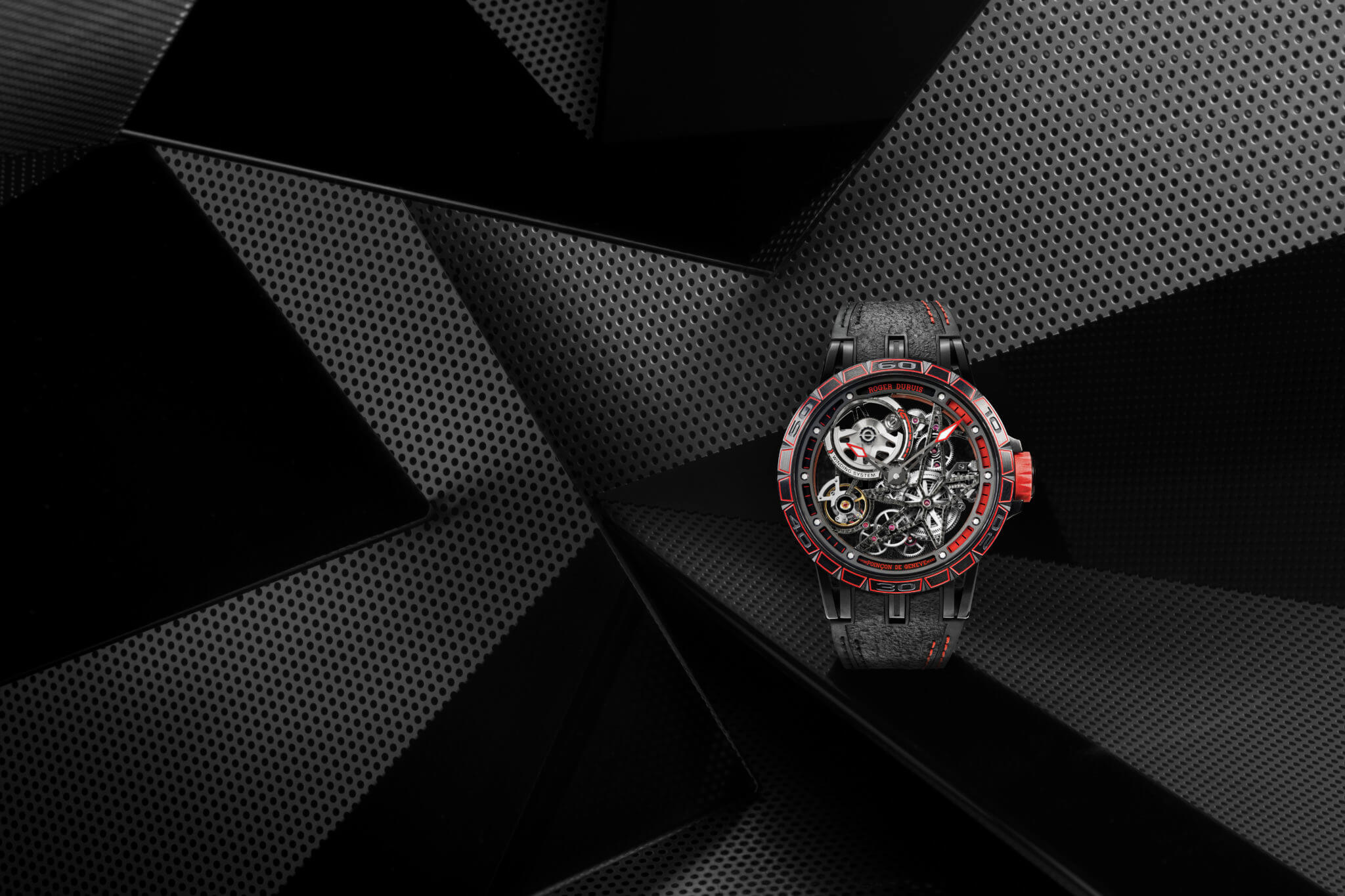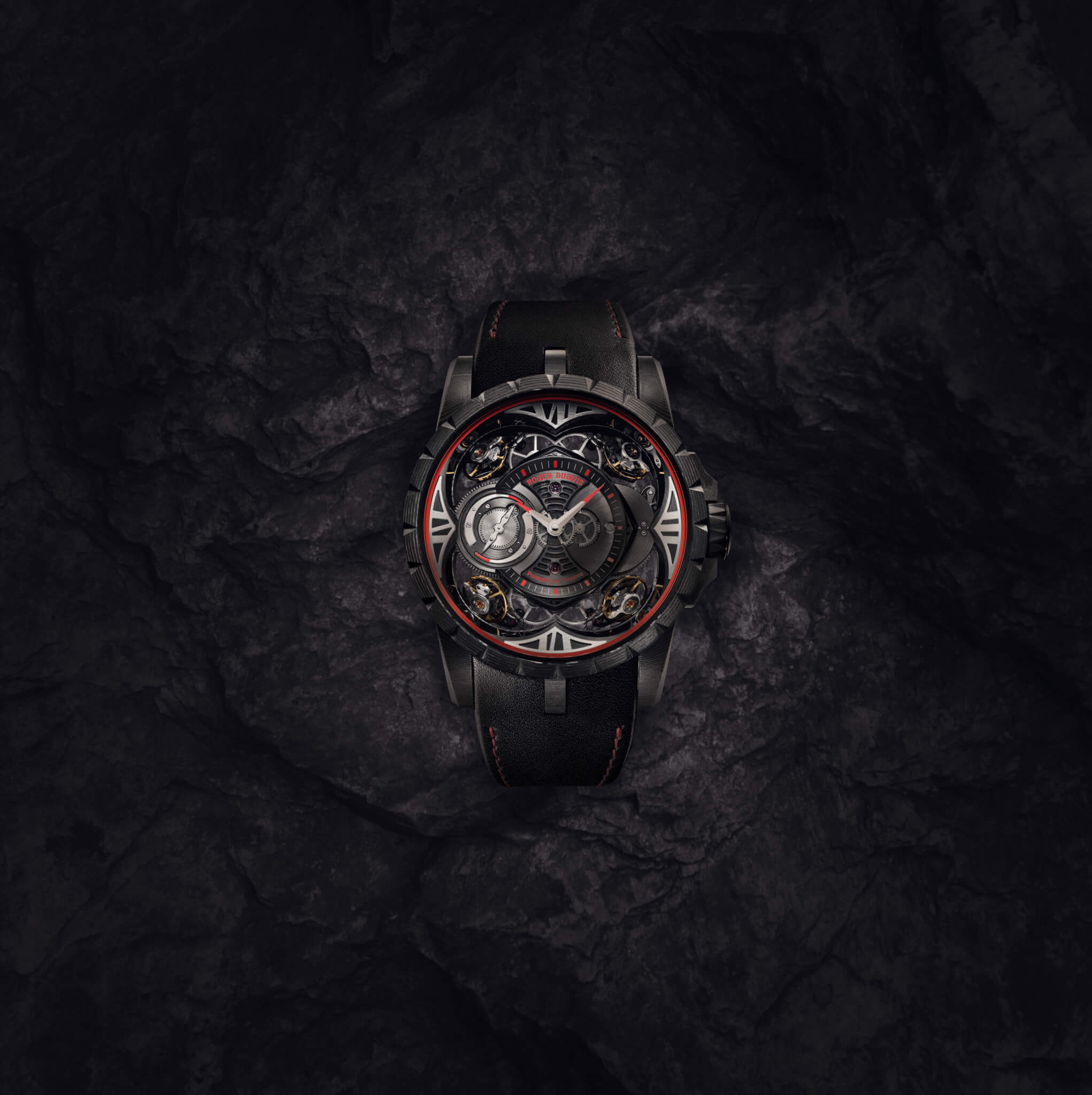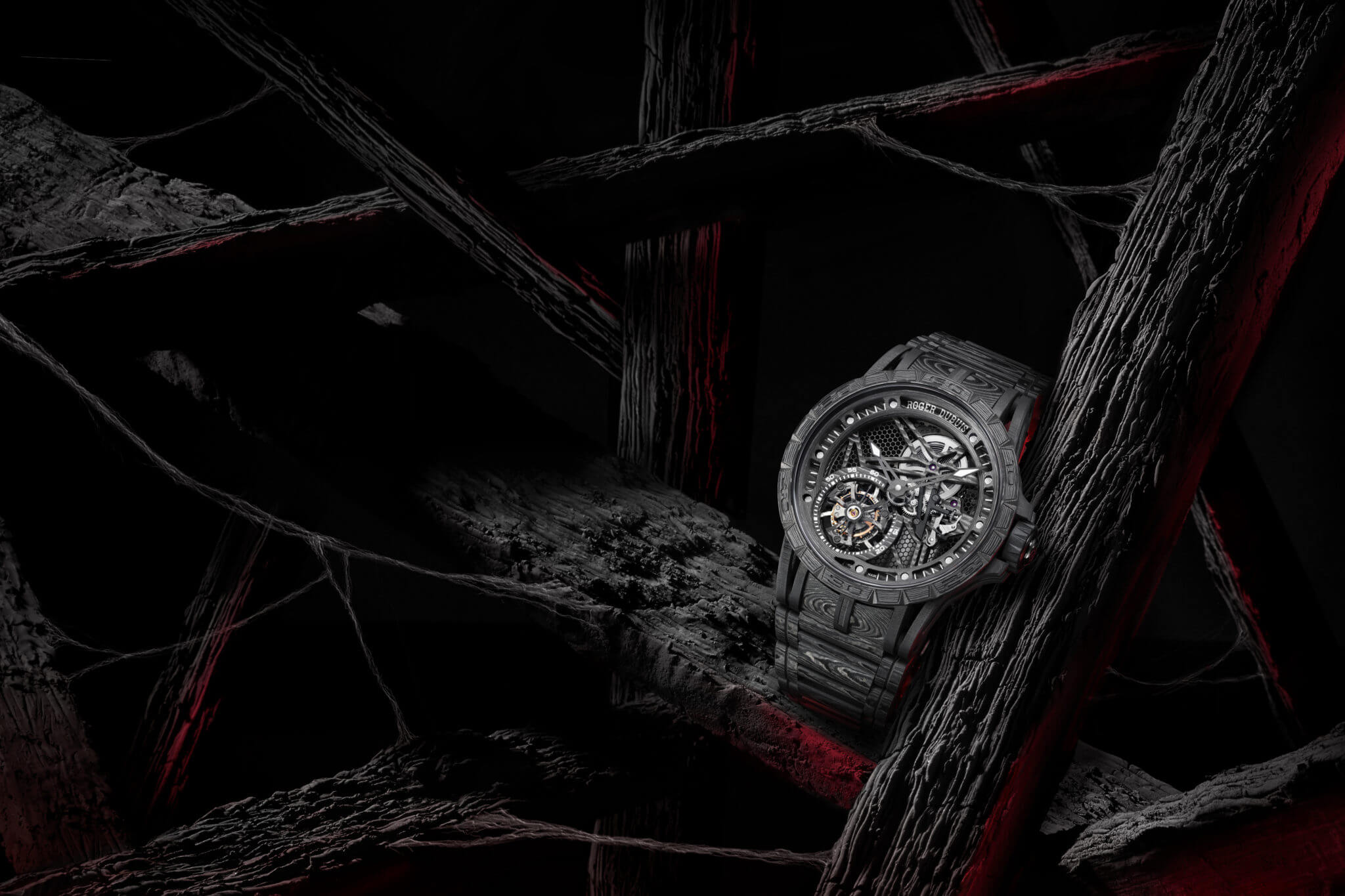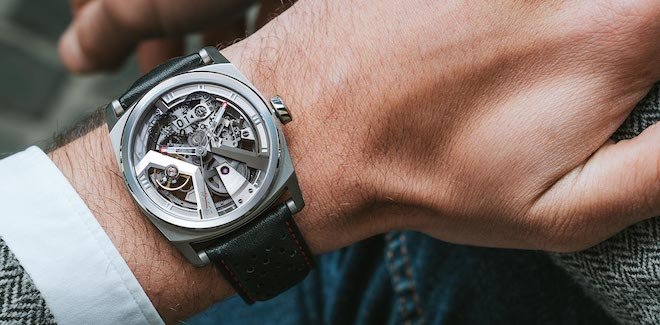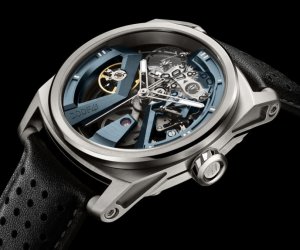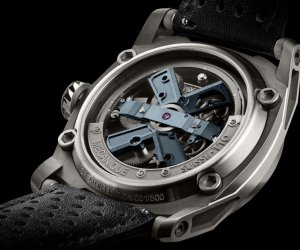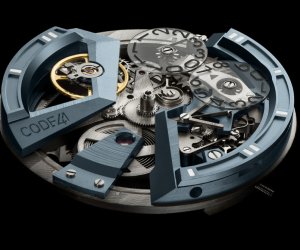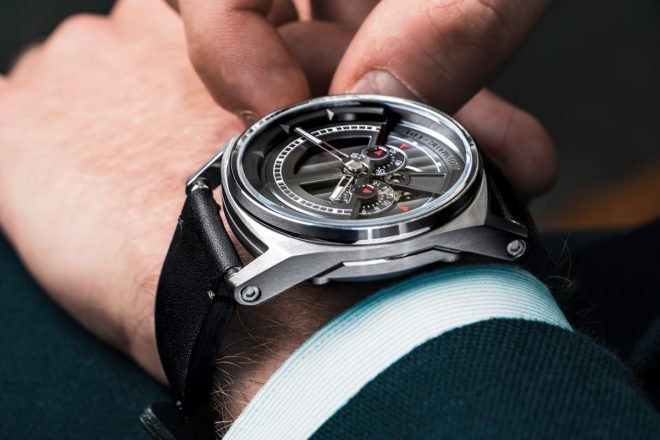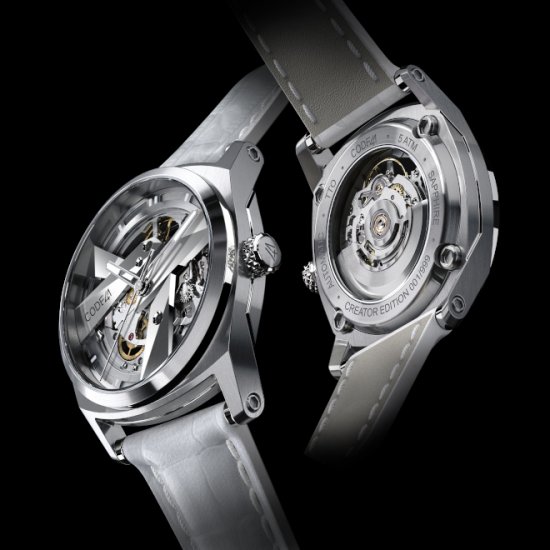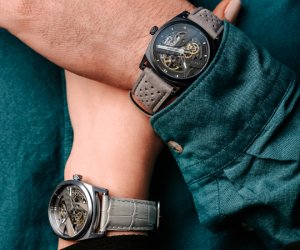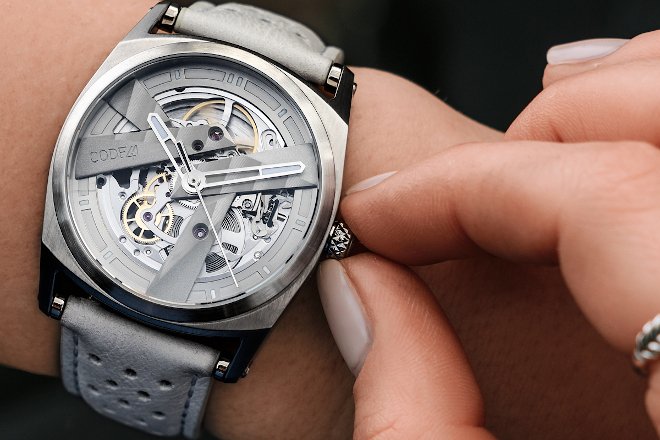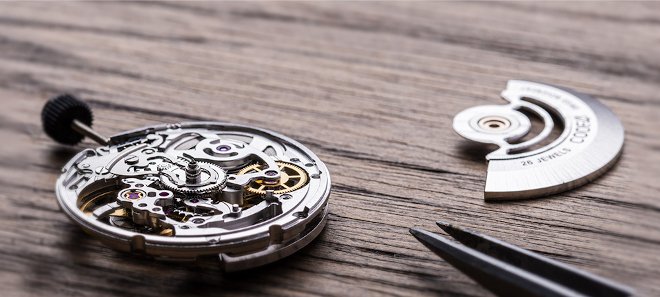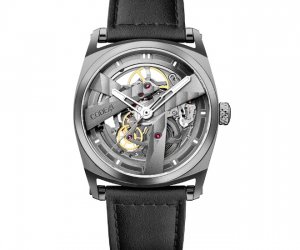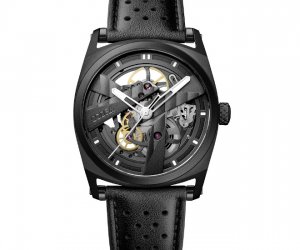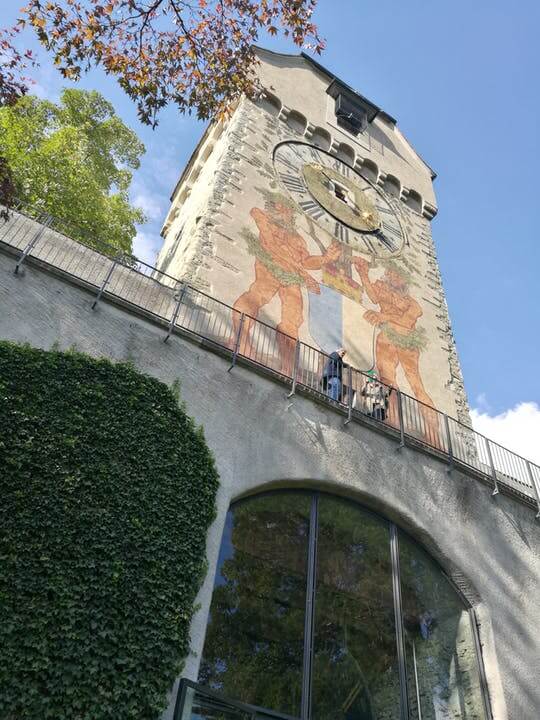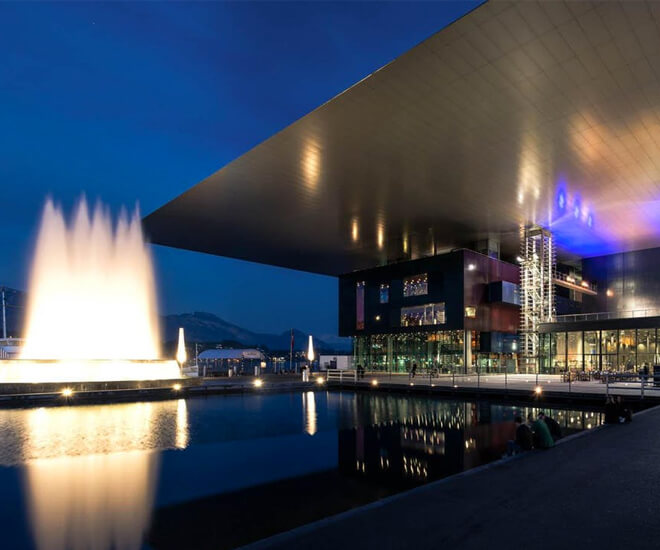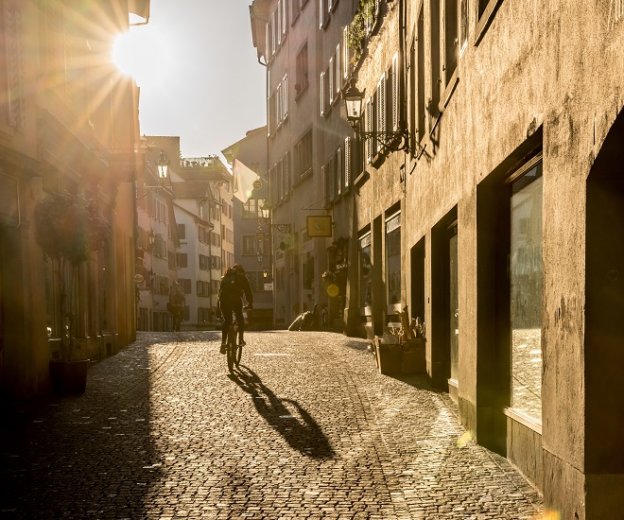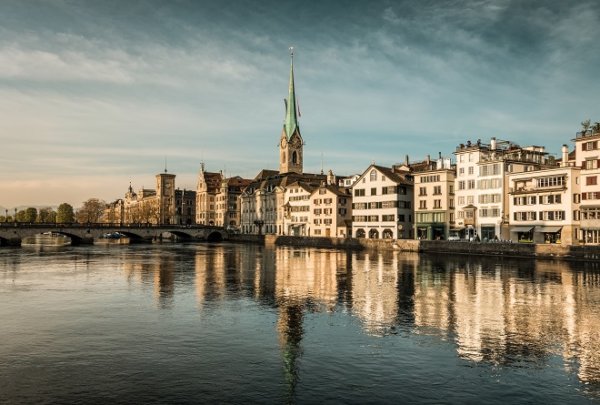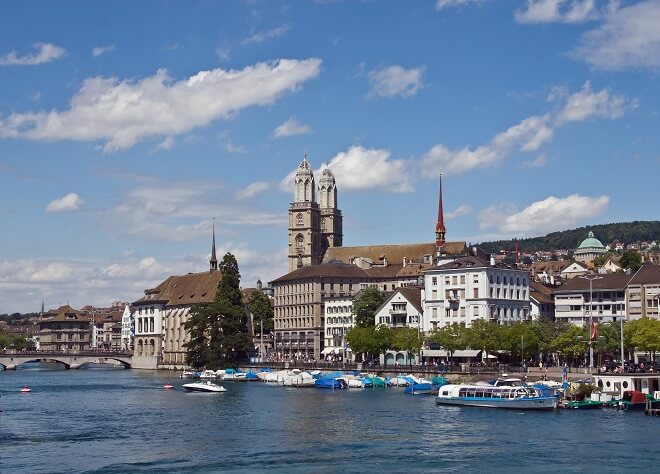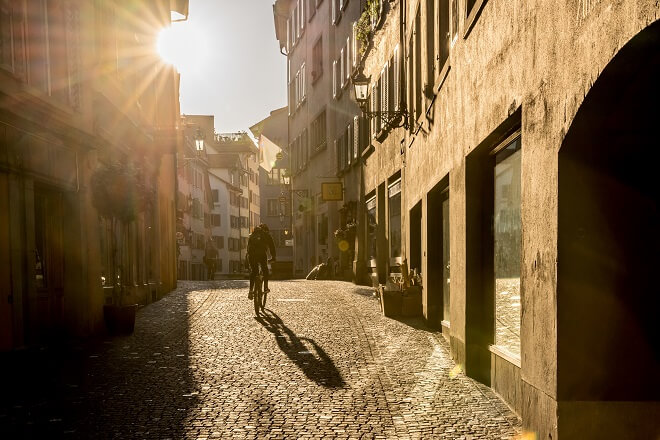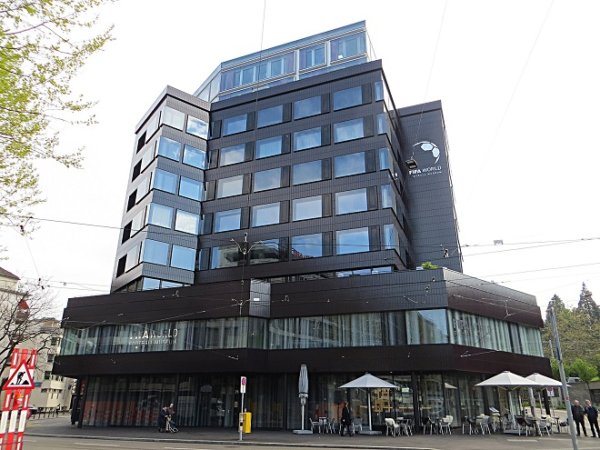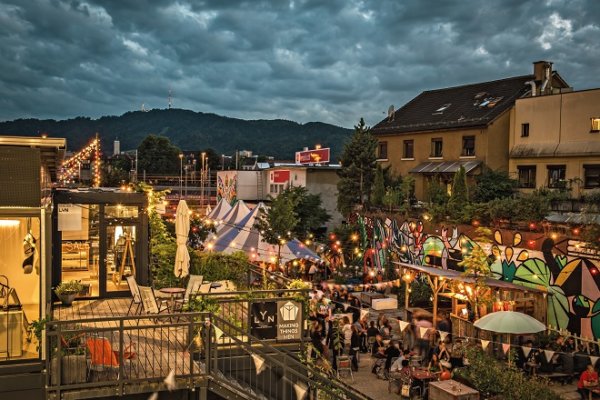
A land that offers a triple threat of the beauty of nature’s splendour, medieval heritage and contemporary culture, Switzerland has everything you want and need, perhaps even beyond your greatest desire. With the convenience of Swissair, the preferred airline for all Swiss travel, we can reach the Playground of Europe via a quick 15-hour flight that has just a short transit in Singapore.
So hop on with this journey with us as we take you through the greatest attractions in the region of Montreux and Zurich that gives you the greatest of all three unique flavours of the land – history, contemporary culture and nature.
Upon landing in Zurich Airport, the first thing you need is to obtain the Swiss Travel Pass, which allows you immediate access to all public transportation including bus, train and ferry within the country, along with access pass to an extensive list of local attractions in every city. We highly recommend the First Class category for comfortable, expedited and scenic experience as you traverse through the region.
Now that you have your all-access pass secured, it’s time to take a scenic train ride to the Lake Geneva region, located 3 hours away from the Zurich Airport, to discover Montreux Riviera. A city marked with some of the world’s most iconic pop culture stars, Montreux is an unforgettable destination made for all. Gaining the stamp of approval as Charlie Chaplin’s home for his last 25 years, appearing on Freddie Mercury’s “Made In Heaven” album and even inspired Prince to write a song based on the Lavaux vineyards in the region, Montreux needs no other reason to be one of the most sought-after tourist destinations in the world.
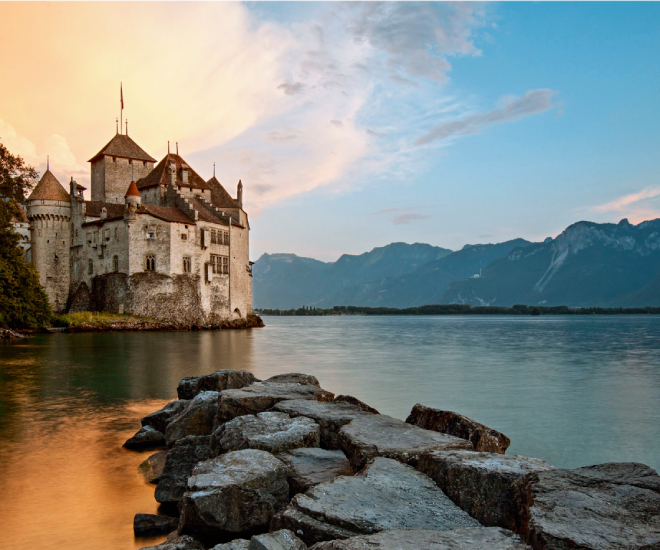
A cruise to Château de Chillon
On top of our Montreux itinerary and one to help us familiarise ourselves with the city is the Riviera Tour, a two-hour paddle steamer boat cruise that lets you take in the scenic landscape of the Lake Geneva region, the charming towns surrounding Montreux including Villeneuve, Le Bouveret, and St Gingolph; and a spectacular first view of the legendary Château de Chillon. After the delectable lunch on cruise, you can simply hop on the bus for a 30-minute ride that takes you right to the doorstep of Château de Chillon, the most visited historic site in Switzerland that dates back to the 12th century.
This magnificent water castle holds a rich history dating between the 12th to 16th century, starting from the original owners, the counts of Savoy, to the later tenants, the inhabitants of Vaud. We highly recommend the guided tour to give you an in-depth and thorough look into the entire architecture and the stories written within the halls. Once you are done with culture and history, you can reward yourself with a dining experience at Café Byron, the famed eatery at the lakeshore that gives a spectacular water view of the castle.

Railway to Rochers de Naye
For nature lovers and hiking enthusiasts, Rochers-de-Naye is the mountainous trail you must visit to witness the majestic of the Swiss and French Alps and the panoramic view of the shores of Lake Geneva. To reach the destination, there is a all-year round cogwheel train, which is also the highest railway in the canton that starts from Montreux, that can take you all to the top of the mountain at over 1,600-meters in altitude.
Once you have reached the end of the railway, the peak is just a short walk ahead. Alternatively, if you want to take a leisure drive up, you can head your way to Col de Jaman and then hop off to take a two to three hour hike to the peak – perfect for hikers and outdoor lovers in the warmer months of spring and summer. There also also various other hiking and mountain climbing trails with varying difficulties to cater to all travellers, but if you are one to skip the hike, then you can take your time take in the beautiful sights and take a leisure walk inside the La Rambertia alpine botanical garden, a place where over 1,000 alpine species are housed, cultivated and preserved.
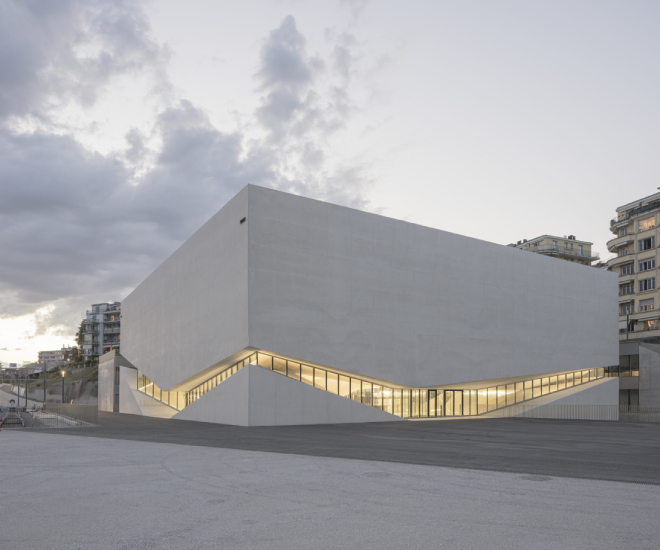
The power of arts at Plateforme 10
When in Montreux, all connoisseurs of arts and culture must visit Plateforme 10 in Lausanne, one of the rising art district and cultural hub in Switzerland that has recently garnered global recognition. Officially launched in July 2022, Plateforme 10 is one of the nation’s largest cultural development, stretching over 25,000 aquare meters, that currently houses countless outstanding museums including the Cantonal Museum of Fine Arts (MCBA), the Cantonal Museum of Contemporary Design and Applied Arts (MUDAC) and the Cantonal Museum for Photography (Photo Elysee). This is definitely a destination that one should allocate a full day to slowly take in the various cultural identities and exhibits.
Once you are done, you can head back towards Montreux and take a pitstop at Vevey, a town known to be the “Pearls of the Swiss Riviera”, where the esplanade walk along the shores of Lake Geneva will give you an experience unlike any other. One of the main attractions there include the bronze Charlie Chaplin statue and the rising silver fork that spouts out of the lake, both located near the Alimentarium food museum.
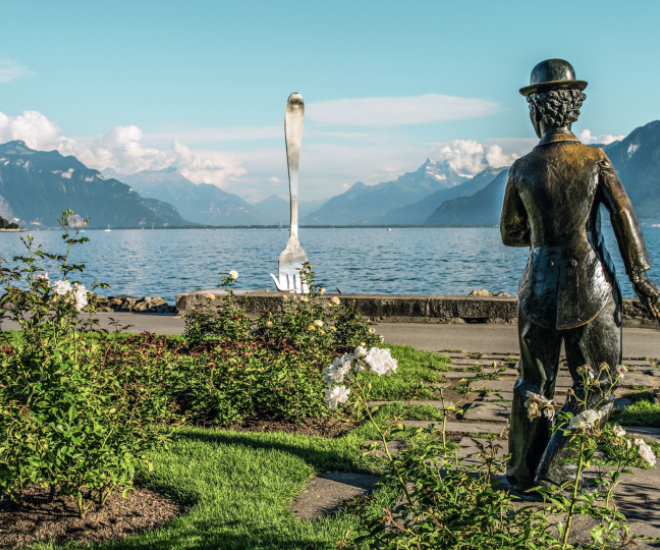
The World of Charlie
On the topic of Charlie Chaplin, one of the top must-visit sites within the Swiss Riviera is definitely the Chaplin’s World museum, the only space in the world dedicated to the legendary comic and icon. Housed within the late actor’s former estate, which he stayed after his departure from US in 1953, this interactive museum will shed light to amazing history and lifeworks of Charlie Chaplin including letters, photos and original furnishing owned by the actor.
Along with those, you will also see special wax figures of the icon along with his friends like Albert Einstein, which visitors can interact with to learn more about Chaplin. If you are a big fan of his, be sure to check out the archive of performances and home movies he made and visit the adjacent complex that holds recreations of Hollywood film stages of his movies.
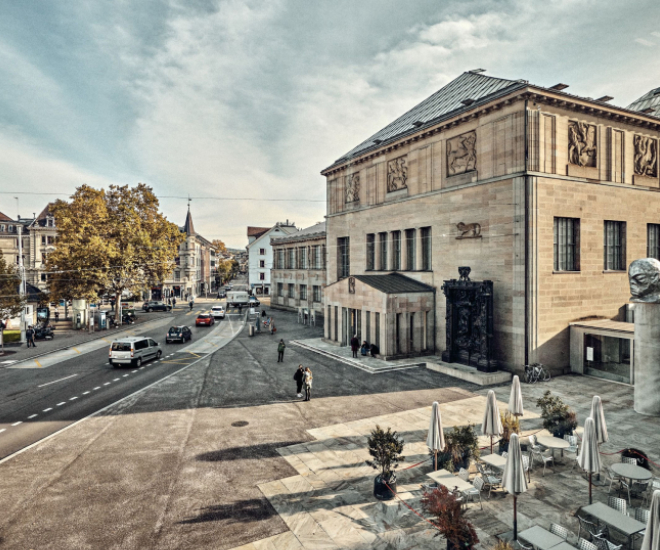
A run around Zurich
After the many exciting ventures in Montreux, it’s time to head back to Zurich to catch your flight home but while you are there, you can make a quick stop at Zurich West, the trendiest district within the city that houses the creative vibes of the city. Start your day at Im Viadukt, a stretch of designer boutiques, art galleries, local food market and more that are housed underneath the famed railway arches of Zurich. From there you can take a leisurely stroll down to the Freitag flagship store, a must for fashion lovers, to get your hands on the signature products made with used truck tarps, before venturing into the strand of vintage stores and diverse furniture boutiques.
Within Zurich West, which is a former industrial quarter, you can also find the most unique architectures that are built by iconic designers. We recommend dropping by the Zurich Tourist Information Centre to ask for a tour guide that can give you a thorough experience on the history and culture of the area. Finally wrapping it up, head down to Frau Gerold Garten, which is just next to the Freitag flagship store, where you will be amazed by the open concept garden that houses various popup restaurants, live music performances and art installations. A perfect way to unwind and relax before hoping back to Zurich Airport for your flight home.
